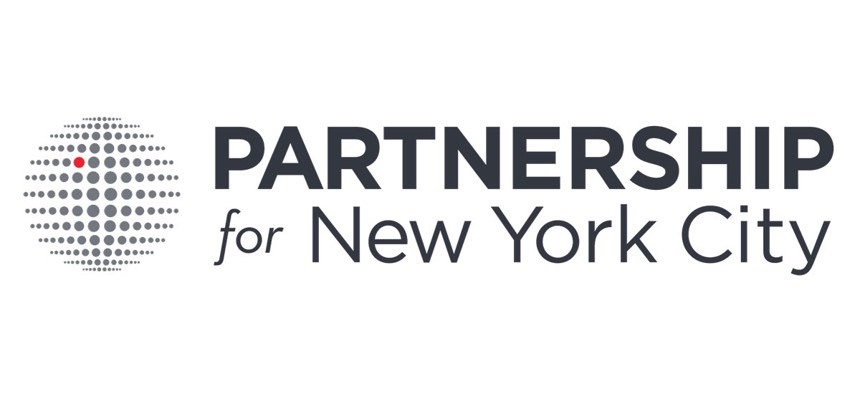A recent Morning Consult survey, commissioned by the Partnership for New York City, found that housing affordability is a serious or significant concern for 88% of adult residents of the five boroughs.
In addition, 42% of survey respondents said they may leave the city, primarily due to rising housing costs. Employers increasingly tell us that high rents are the biggest obstacle to recruiting young talent to the city. A recent study commissioned by the United Way of New York City found that 50% of New Yorkers cannot afford the cost of living here.
Clearly, affordable housing is a top priority for most New Yorkers. This makes it difficult to understand why, in recent years, the state budget has failed to include meaningful initiatives to address the problem.
New York’s largest production and renovation programs (421a and J-51) expired in 2022, with no replacements. This year, modest proposals to increase zoning flexibility, encourage residential conversion of empty office buildings, and allow for legalization of basement apartments and construction of accessory dwelling units were scuttled during budget negotiations. The only significant housing legislation enacted in the past four years were increased tenant protections and regulatory changes that discourage, rather than promote, investment in rental housing preservation and production.
As a housing practitioner for many years, my observation is that we need a fresh start on the housing policy debate, with greater representation of small, community-based owners and developers, nonprofit housing providers, and minority-owned firms. We cannot continue to cede housing advocacy to the inherently adversarial interests of tenants, real estate trade groups, or NIMBY forces. Experience has shown that they will never achieve consensus on practical housing solutions.
In the 1970’s and 80’s, New York led the nation with the largest and most successful housing and neighborhood revitalization programs. We accomplished this through cross-sector cooperation between community development corporations, banks, builders, and owners working with city and state agencies to come up with a menu of programs that penciled out and scaled up. We have not seen that kind of teamwork in the affordable housing industry for many years.
The city’s affordable housing industry emerged at a time when the housing market was weak, the economy was in turmoil, and local government was broke. There was a large inventory of tax-foreclosed land and buildings available for development. Neighborhoods were burning; the middle class and major employers were deserting the city. We had no choice but to compromise the perfect for the good.
We also had a strong network of small but highly professional community-based developers, aided by intermediaries such as the Community Preservation Corporation, Local Initiatives Support Corporation, the NYC Housing Partnership, Corporation for Supportive Housing, Association for Neighborhood Development, and Enterprise Community Partners. They were at the table to help craft policies and package projects that met realistic affordability and cost targets.
Importantly, professionals from the communities that were targeted for housing development provided a trusted source of expertise that local legislators and neighborhood leaders felt they could rely on. Community residents knew their interests were incorporated in planning and that they would have a good shot at home ownership and rental opportunities.
Today, funding for the programs that supported this community-based, affordable housing delivery system have shrunk or disappeared. There is skeletal infrastructure still in place but without the capacity for large scale development. It must be rebuilt.
To meet the challenge of the scale of housing needs, other objectives should include:
- Get the federal government back in the game. The shortage of affordable housing is a national problem and adequate solutions exceed the capacity of any local tax base, especially when it comes to operating subsidies/vouchers.
- Make increased homeownership part of the mix. This is a key to wealth creation and the best antidote to the threat of gentrification.
- Reform the city property tax code to relieve the excessive burden on regulated rental housing and restore tax abatement incentives that are deep enough to encourage investment in older stock and commercial conversion.
We are currently on a path toward a housing crisis that is so serious that the city’s fiscal and economic viability will be at risk. Governor Hochul and Mayor Adams have demonstrated that they want to act now to avoid that crisis by creating a panoply of practical solutions. Hopefully, all those who care about the future of our city will follow their lead.


